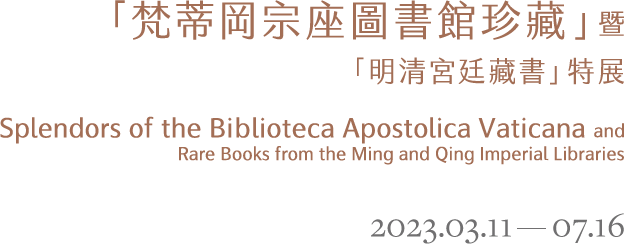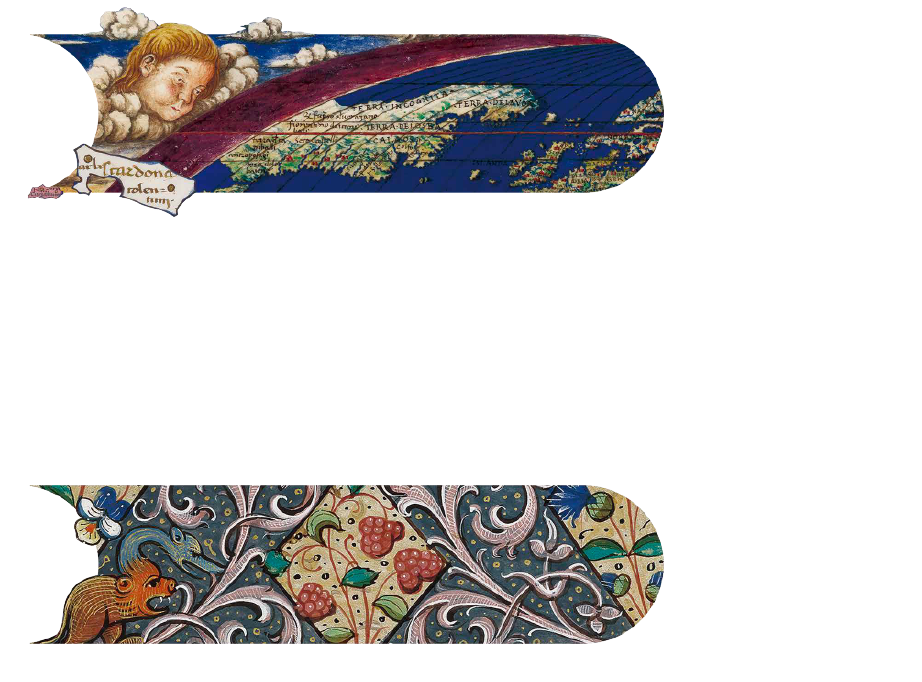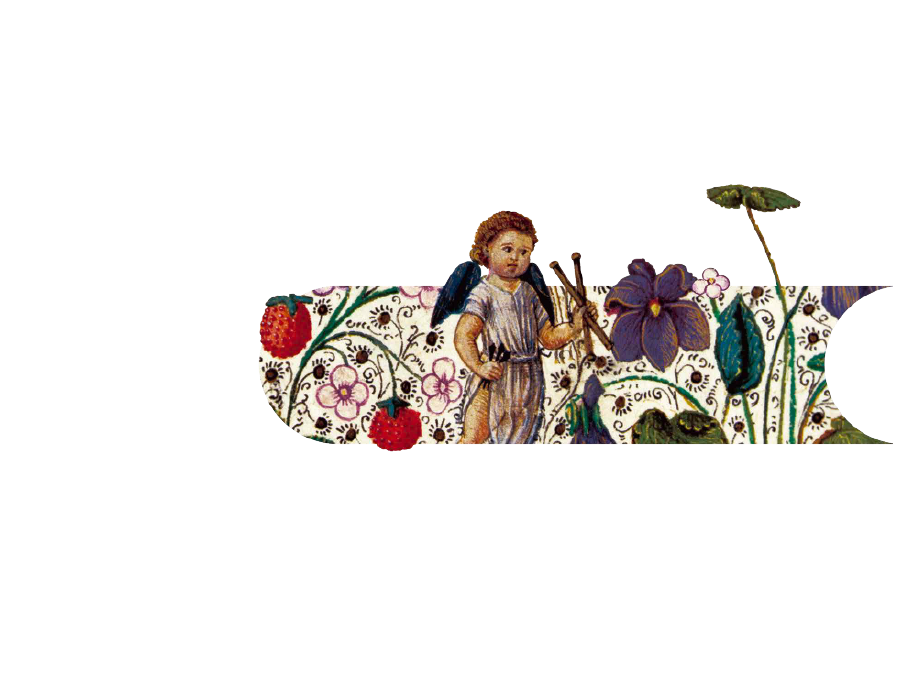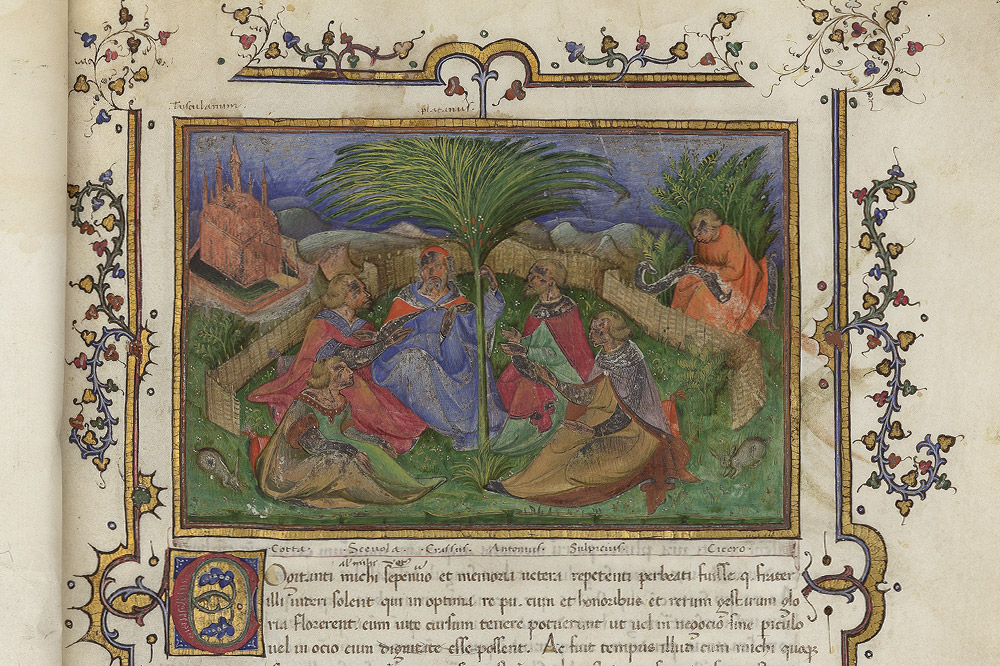Eighteenth-century Collecting
During the 18th century, a particular interest in antiquarian and artistic collections developed in Europe. In this climate, even the Biblioteca Apostolica Vaticana was enriched with materials other than books, manuscripts or printed works, which until then had constituted its patrimony.
During the pontificate of Clement XII (r. 1730-1740), the Gabinetto Numismatico (Numismatic Cabinet) was established for the collections of coins and medals, the first nucleus of what is today the Medagliere Vaticano, one of the most important in the world. The Cabinet features Chinese coins from the 7th century BC as well as Persian, Greek, Roman and Punic coins from the 6th to the 4th century BC and a very important assemblage of medals.
With the popes Benedict XIV (r. 1740-1758) and Clement XIII (r. 1758-1769) the Museo Sacro (Sacred Museum) and the Museo Profano (Profane Museum) were established, which have now become part of the Musei Vaticani (Vatican Museums).
Pope Pius VI (r. 1775-1799) opened a Stanza delle Stampe (Prints Room) for the holdings of 17,000 artistic engravings, which were ordered by author and subject and bound in 161 large volumes, constituting the "Fondo Antico (Ancient Collection)" of the Gabinetto della Grafica (Graphics Cabinet), which today has about 150,000 prints, maps, drawings and chalcographic matrices.
In the same period, manuscripts and printed materials continued to enter the Biblioteca Apostolica Vaticana, such as the collection of the bibliophile and archaeologist Alessandro Gregorio Capponi (1683-1746) and the 4,000 manuscripts of the Ottoboni family library.
De Oratore, Orator, Brutus, De Optimo Genus Oratorum (On the Orator, Orator, Brutus, On the Best Kind of Orators)
- Marcus Tullius Cicero (106-43 B.C.)
- 1422-1425|Parchment|314×242×42 mm
- Oct.lat.2057|Original|© Biblioteca Apostolica Vaticana
This luxurious manuscript is one of the most important witnesses of the manuscript tradition of Cicero's rhetorical works. The table miniature on f.1r reproduces the setting of the work: Around a slender palm tree (erroneously indicated as platanus), the protagonists of the De Oratore identified by the related captions are depicted sitting on a meadow, conversing: Gaius Aurelius Cotta (c. 118-73 B.C.), Quintus Mucius Scaevola Pontifex (140-82 B.C.), Marcus Licinius Crassus (c. 115/112-53 B.C.), Gaius Antonius Hybrida (fl. 1st century B.C.), Servius Sulpicius Rufus (c. 106-43 B.C.) and Cicero, with the latter outside the fence, intent on taking notes.





